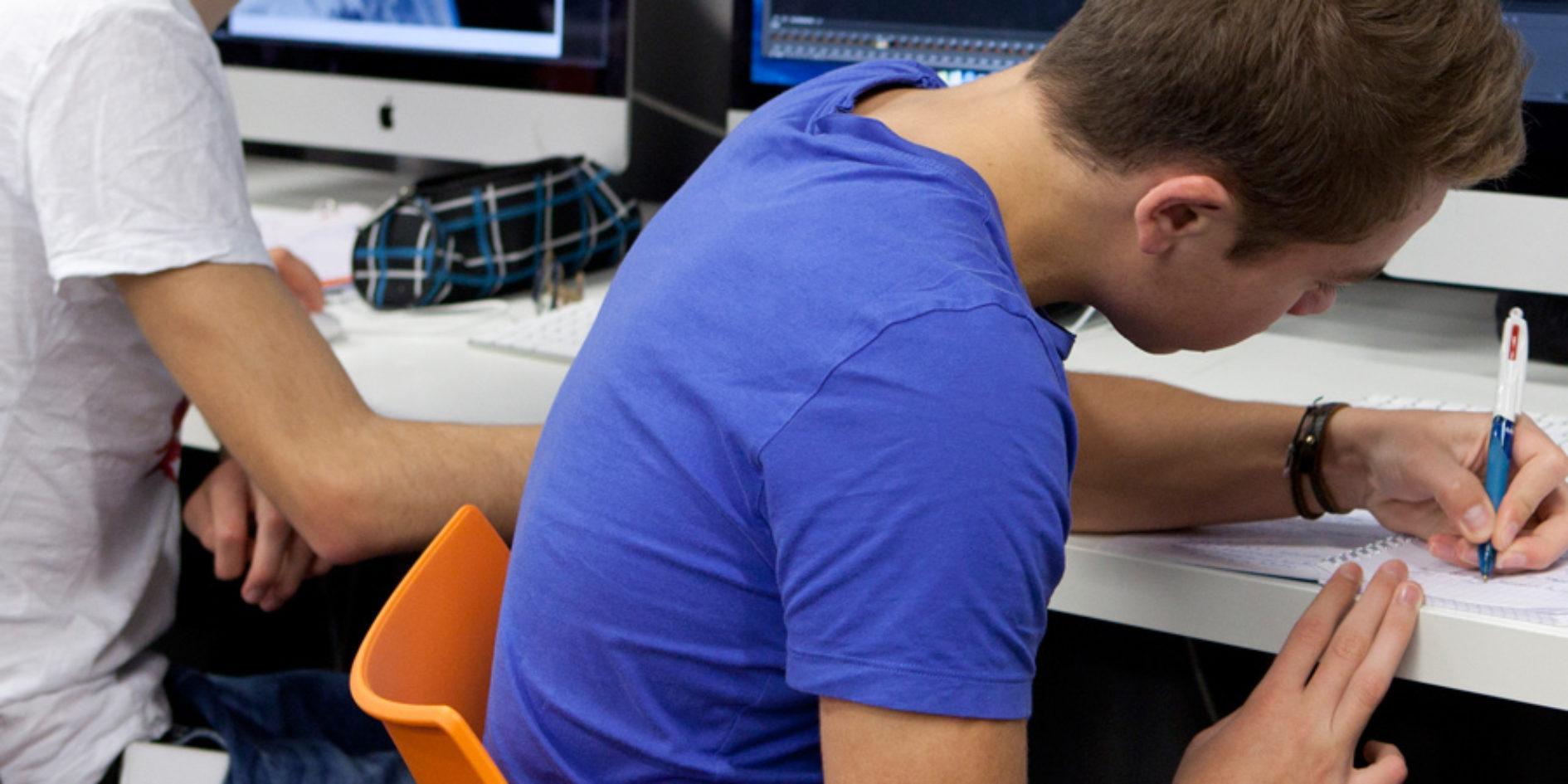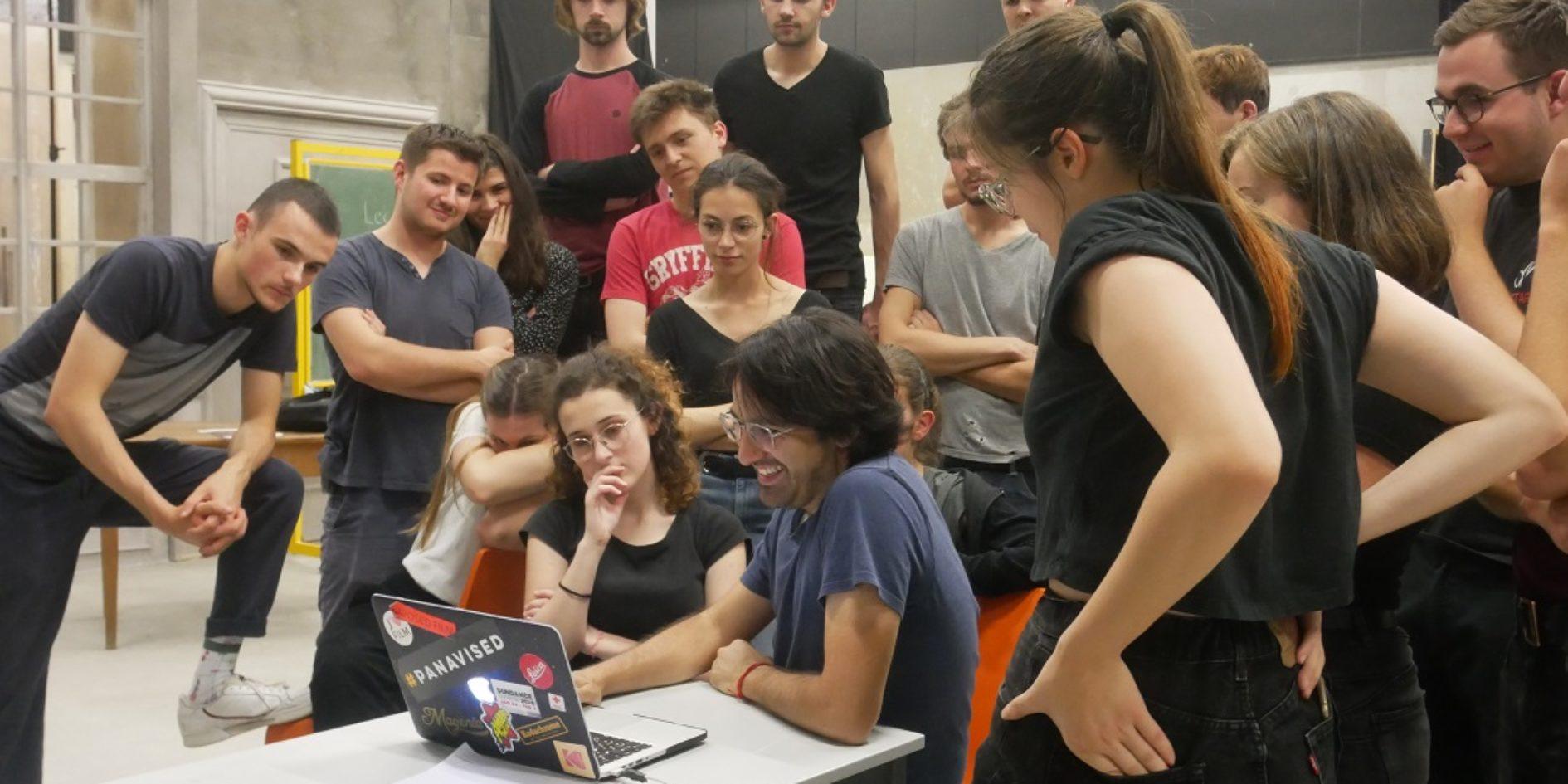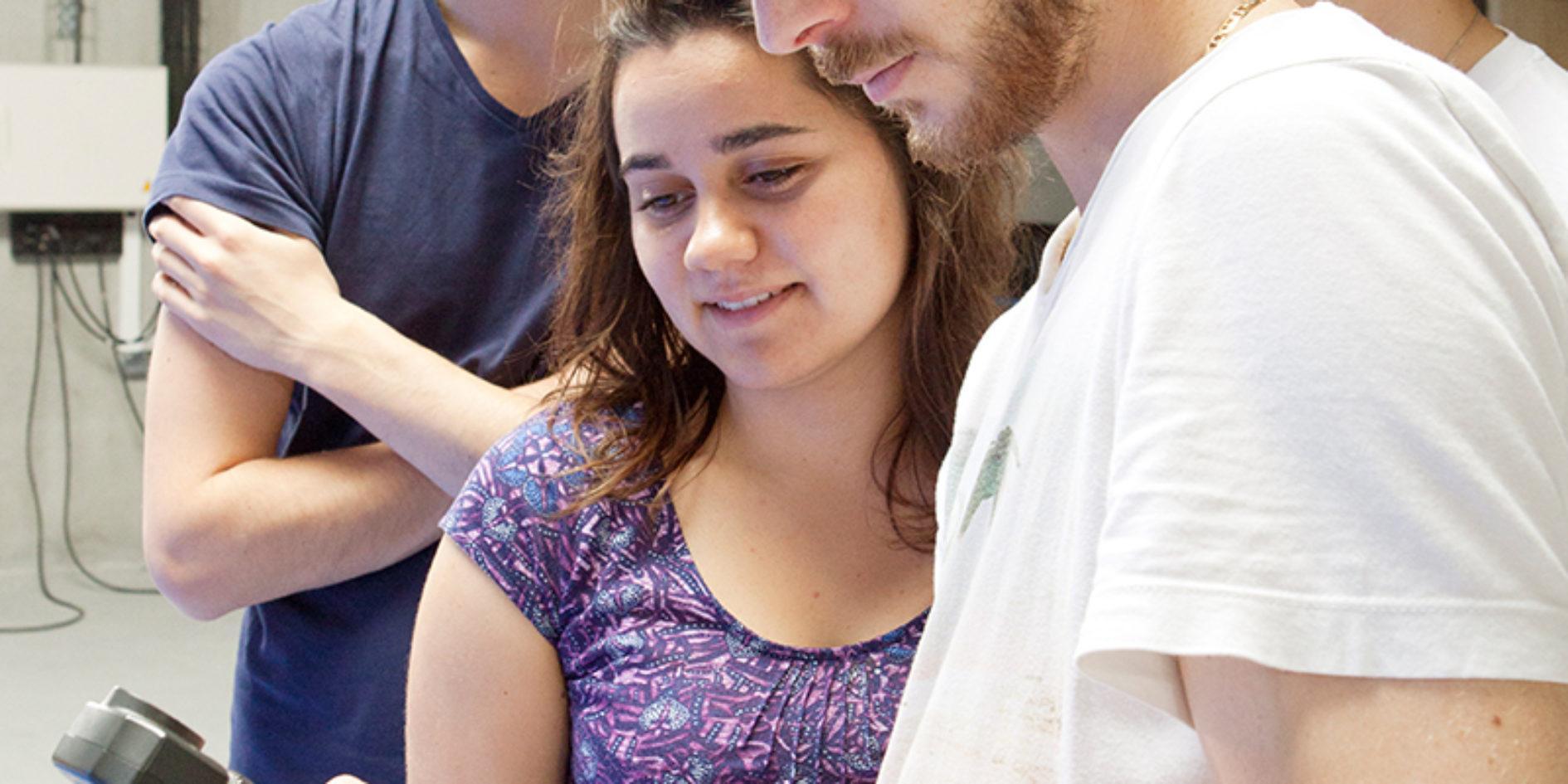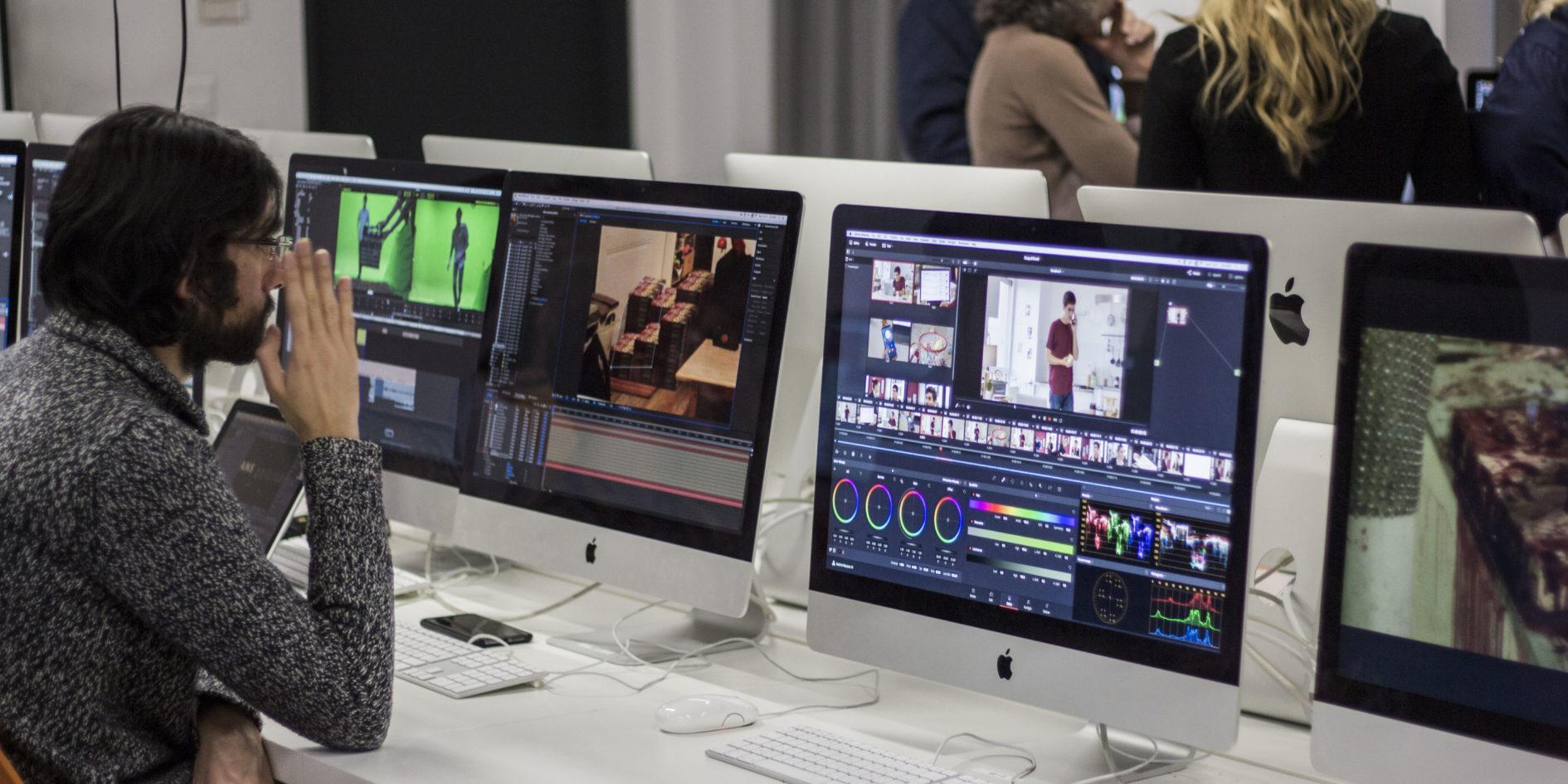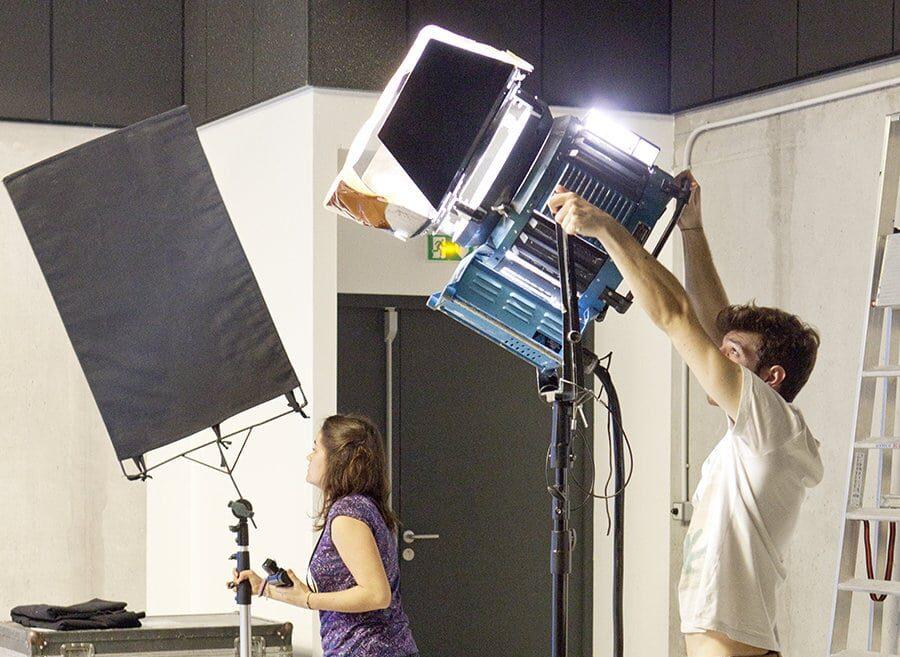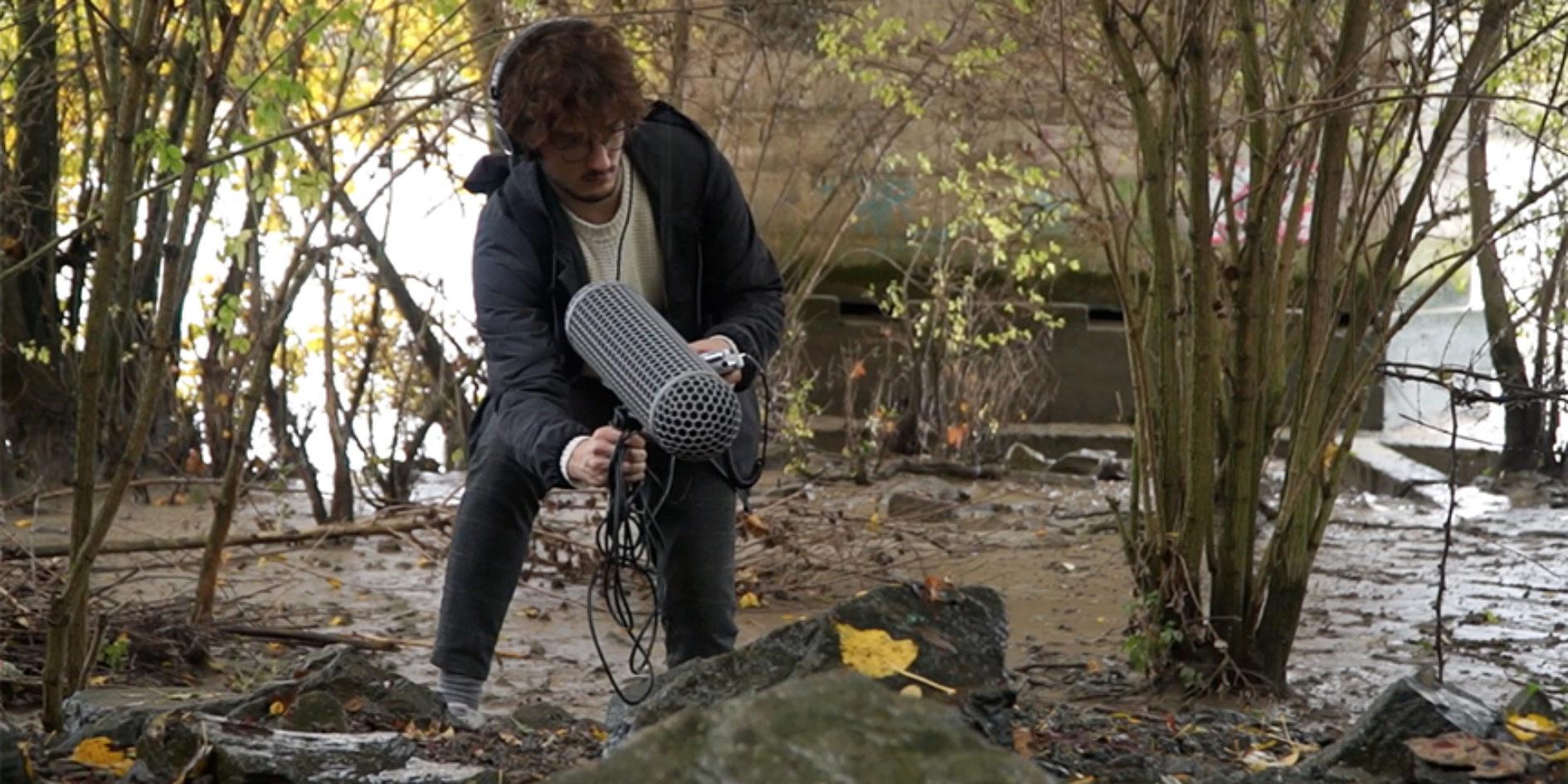Steadycameur
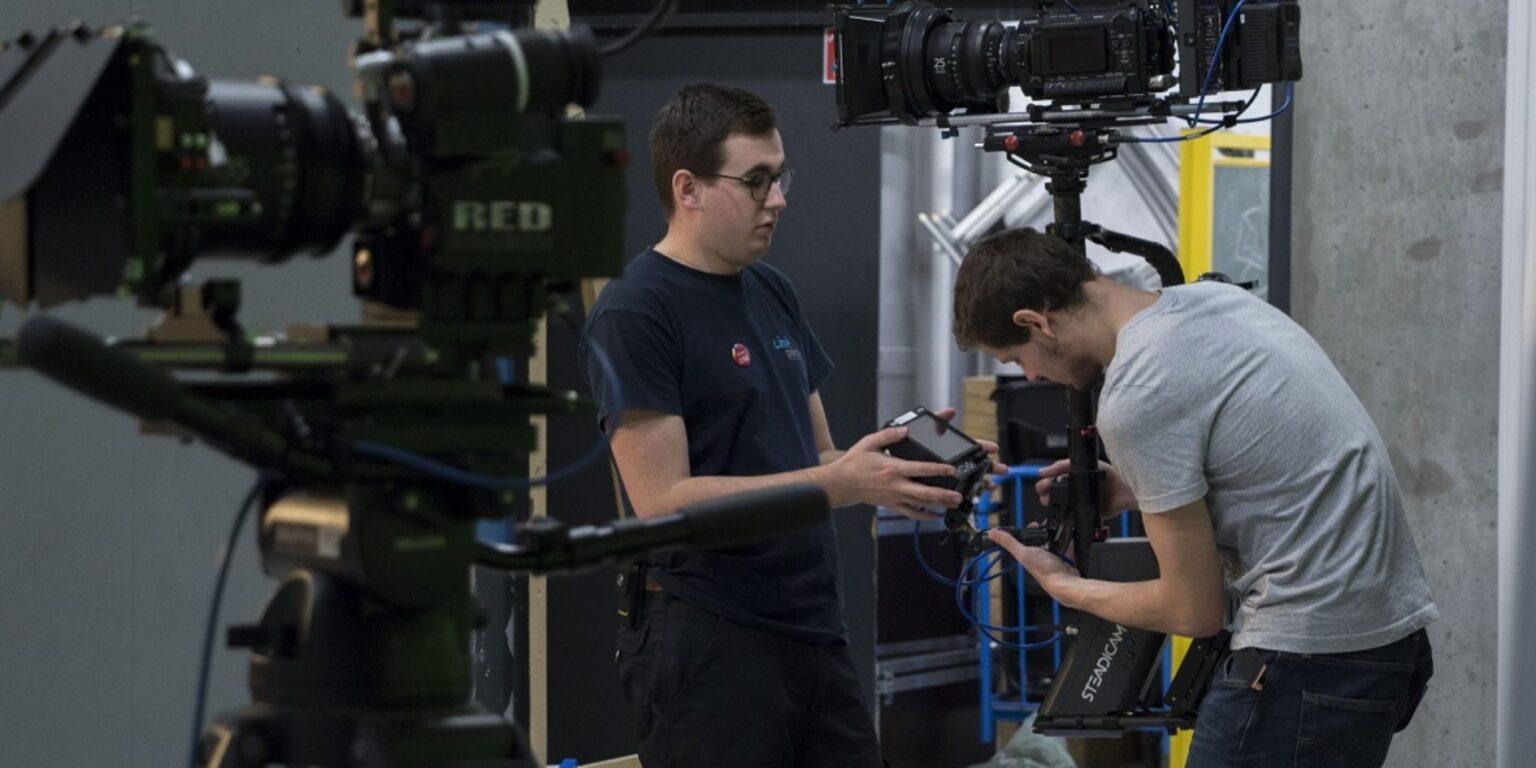
The steadicam is a stabilization device used in cinema and television allowing the shooting of smooth tracking shots, thanks to its system consisting of a harness, an articulated arm and an off-camera viewfinder.
With this equipment, the steadicam operator can execute front and rear tracking shots, just like with a wheeled cart and rail tracks. He can go up, down, run, walk, while keeping a stable and smooth image.
The Steadicam Operator’s role
The Steadicam (which comes from the “steady” and “camera”) was created by Garrett Brown in 1972. With Shining (1980) and its brilliant use by Stanley Kubrick, the steadicam has quickly gained a good reputation in the cinema industry.
Its use then became widespread. Quentin Tarrantino made a magnificent use of it in “Pulp Fiction” with the famous corridor scene.
The steadicam operator (also called steadycam operator or steadicam cameraman) is a specialized profession like that of other cameramen working in special conditions (helicopter, underwater shots, mountain, etc.).
This professional handles the steadicam, smoothly moves with his camera, in order to obtain beautiful movements much more stable than with a shoulder-mounted camera system. His “choreography” gives all its flavour to his shots which match the director’s and the director of photography’s expectations.
In fact, the steadicam operator performs the functions of both cameraman and stagehand. He is very useful when it comes to working in cramped sets, on uneven ground, going up and down stairs, filming a fight or a chase, or getting original camera angles.
The steadicam operator is called in to support the camera operator when a shot requires the use of this specific process.
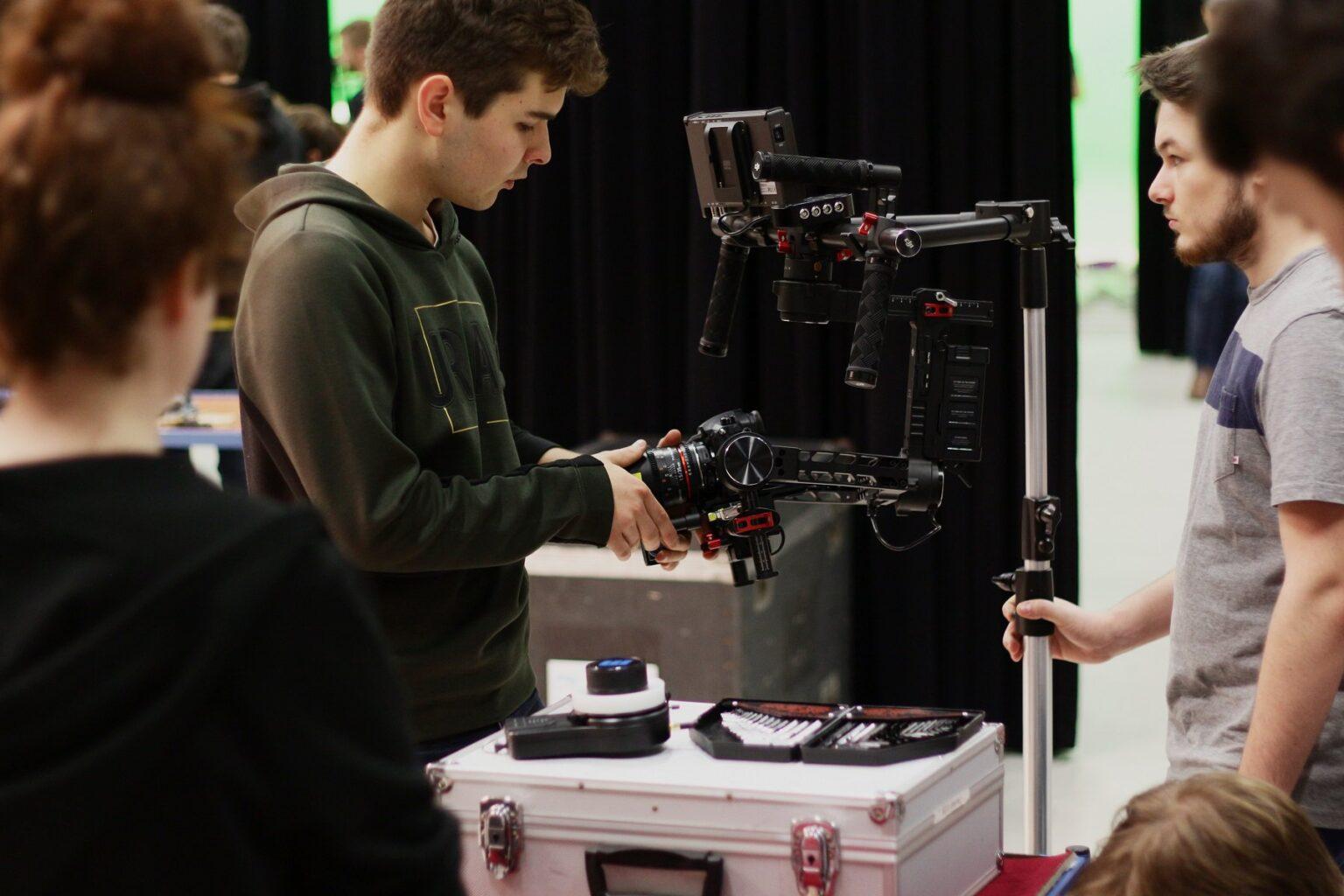
His skills and qualities
As we know, the camera operator’s perspective is important because he is the first to look at the images recorded, which have been imagined by the director.
However, the mastery of the steadicam remains complex, and only a qualified technician can obtain perfectly smooth images.
This specialized trade requires good physical condition.
The steadicam operator must also demonstrate a good artistic sense, a flair for framing, a methodical spirit and, of course, the ability to work in a team.
His carrer and his development opportunities
The steadicam operator works in studio as well as outdoors. His working conditions vary according to the shooting location.
On television, his hours are relatively regular, but this is not always the case when he works in cinema.
Steadicam operators are generally entertainment occasional workers, paid on a weekly or a daily basis. They have more or less long periods of inactivity between two assignments. In France, they are covered by the compensation system for entertainment occasional workers.
A steadicam operator can evolve as a cameraman and then, why not, as a director of photography, and more rarely as a director.
